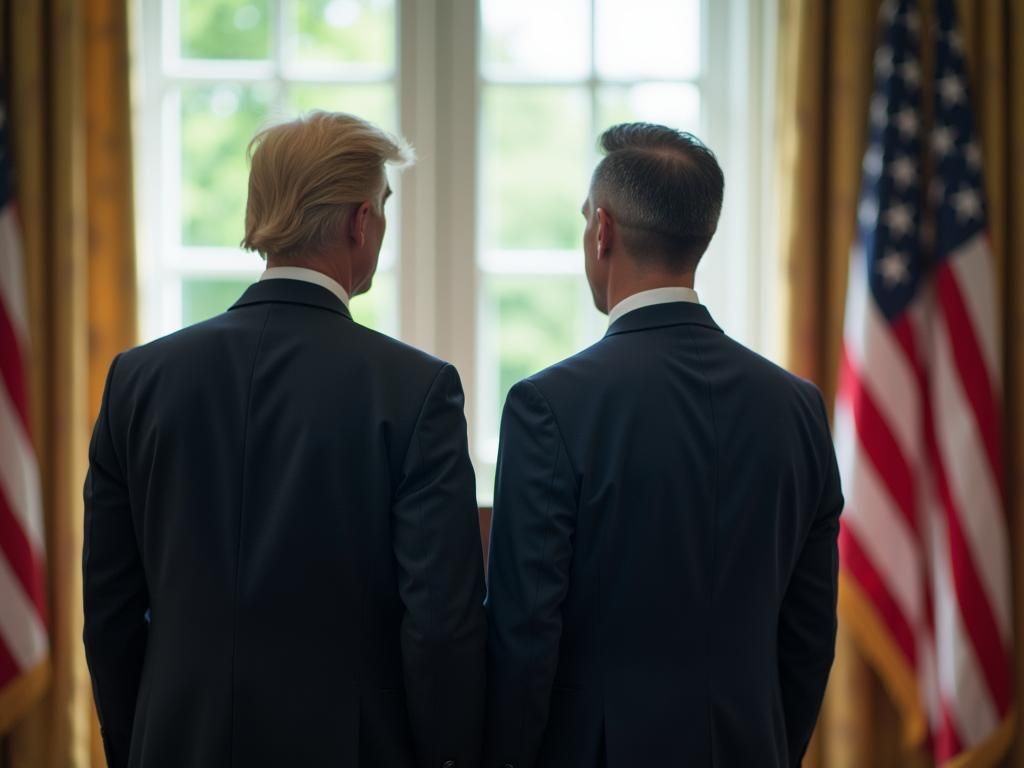
The United States has historically played a significant role in international affairs, often acting as a stabilizing force in regions experiencing conflict or instability.
This role has manifested through various means, including diplomatic initiatives, economic aid, and military intervention.
Post-World War II, the US emerged as a dominant power, shaping global institutions and alliances, such as the United Nations and NATO, with the stated goals of promoting peace and security.
Economic instruments, like the Marshall Plan, were used to rebuild war-torn Europe, fostering economic growth and preventing the spread of communism.
Military interventions, such as those in Korea, Vietnam, and the Persian Gulf, were undertaken with justifications ranging from containing communist expansion to protecting strategic interests.
US involvement has been met with varying degrees of success and criticism. Critics often cite unintended consequences, such as prolonged conflicts, loss of life, and instability.
Supporters emphasize the US’s role in preventing large-scale wars, promoting democracy, and protecting human rights, even if imperfectly.
The US approach to global stability has evolved over time, adapting to changing geopolitical landscapes and emerging threats.
Currently, the US continues to grapple with complex international challenges, including the rise of new global powers, cybersecurity threats, and climate change, which require nuanced responses.



